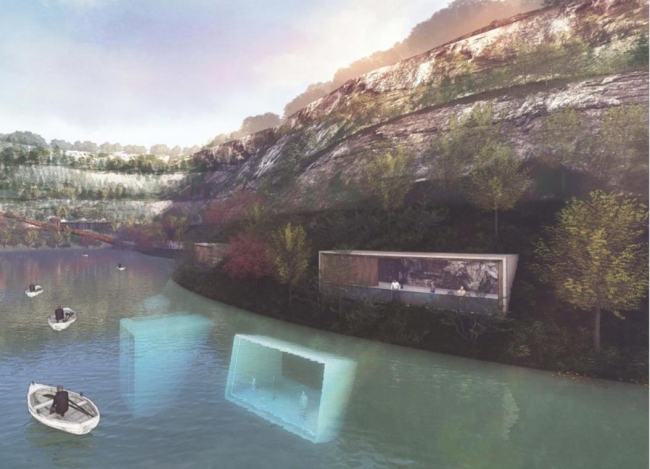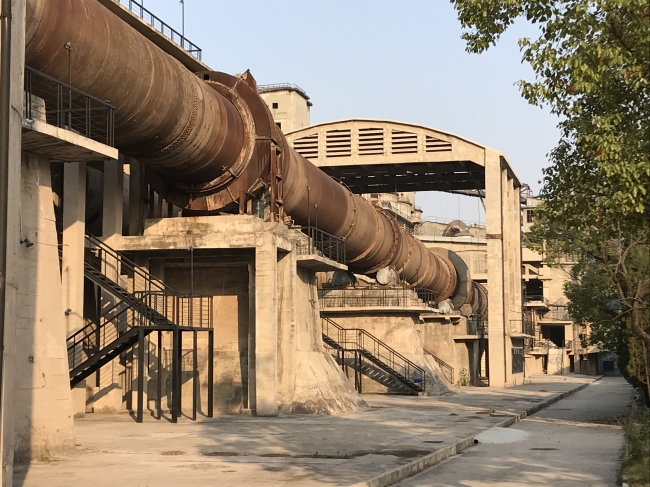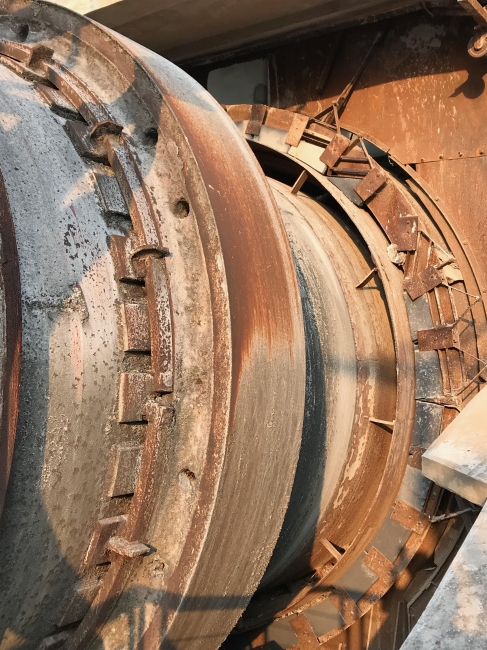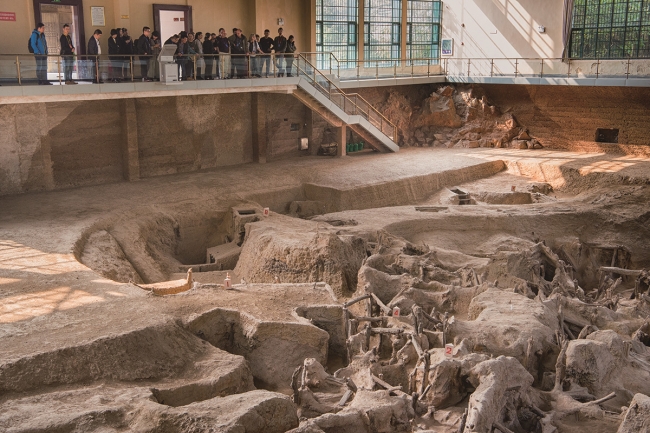| Hubei Huangshi Tonglvshan Ancient Copper Mine Site |
| PublishDate:2020-06-13 Hits:633 |
WHITRAP has been involved in the revitalisation of histroical industrial cities, protecting and re-utilising industrial heritage, and supporting cities’ efforts to include industrial heritage in the Chinese Tentative List. Huangshi Industrial Heritage Protection Center (shorten for HIHPC) has insisted on the principle "Conservationis always the priority and needs to be achieved through the use of heritage”, constantly exploring new paths for the use and protection of industrial heritage in China. Thereby, WHITRAP and HIHPC have developed intention cooperation relati as so far.
As early as the Yin and Shang Dynasties (1570-1045 BC), Tonglv Mountain, where Huangshi, Hubei, is located, has been mining and smelting copper, and many ancient mining and metallurgical sites have been unearthed in this area. In 2018, the Tonglvshan ancient copper mine site was included in the second batch of national industrial heritage list, as the best preserved, most complete, and earliest ancient copper mine site.
On the occasion of the 15th National Cultural and Natural Heritage Day, on June 13th, WHITRAP and the HHIHPC jointly recommended the “Ecological restoration design case of the Huanglu Tonglvshanancient copper mine site” — developed by a team of Spanish architects from the University of Barcelona with the China University of Geosciences — as an important and innovative reference. The plan proposes the ecological revitalisation of 12 mining sites in Tonglushan mining area, where decades of mining and excavation have produced an iconic industrial landscape.
The ecological environment inside the site has been severely affected by industrial mining activities; remaining chemical pollutants threaten the water quality and heavy metal pollutants have destroyed the native ecosystem, leading also to the instability of geological structure, lack of vegetation, soil erosion and other phenomena. Yet, the industrial facilities and buildings remaining after the closure of the pits create an impressive industrial site with a specific “mining” atmosphere. These industrial ruins could become an important education tourism site, and promote Huangshi Daye's tourism economy. Landscape design is used as a medium to plan green areas and industrial tourism areas for a post-industrial city to drive economic and social development for the local community.
The project addresses in a coordinated manner, three key points in the landscape restoration of the mining area: landscape ecology, industrial elements, and functional transformation. It aims to promote the ecological self-recovery by punctual intervention at different time intervals, so that the Tonglu Mountain could become an important component of the green belt of Huangshi City in the future. Industrial ruins, classified, repaired and transformed are expected to form a unique urban leisure area, recording regional history and industrial culture, and providing vitality to the mining area.
Huangshi has many industrial sites besides Tonglvshan Ancient Copper Mine Site, such as: the Han Yeping Company sites were known as "the cradle of China's iron and steel industry”; HuangshiHuaxin Cement Plant, built in 1907, is the most complete and largest cement industry remaining in China, which kilns 1 and 2 were known as "Far East First" and are currently the only wet cement rotary kiln equipment existing in the world. |
- Call for Application | 2024 Global Awards for World Heritage Education Innovative Cases(AWHEIC) Promoting what people do and how they do it
- Documentary: 2023 World Heritage Creative X Innovators Conference and the AWHEIC Third Anniversary Celebration
- Publication | WHITRAP Newsletter No. 61
- Mt. Huangshan first show in Climate Action for World Heritage
- Call for Good Practices: 2024 Environment and Resilience
- FAQs | 2024 Call for Good Practices
Copyright © 2009-2012 World Heritage Institute of Training and Research-Asia and Pacific (shanghai)






